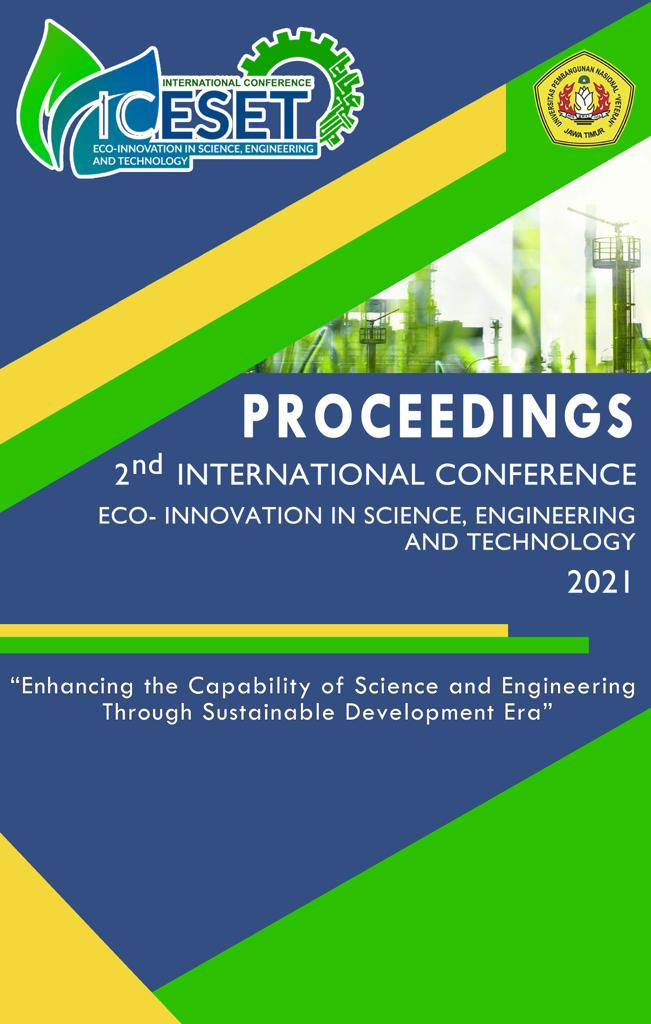Shelf-life Prediction of Soneca Using Accelerated Shelf-life Tests Approach to Critical Water Levels
DOI:
https://doi.org/10.11594/nstp.2021.1413Keywords:
Biscuits, pedada, mocaf, and isothermic sorption curveAbstract
Shelf life is information that must be included in food product packaging. Estimated shelf life of food products can be done conventionally (Extended Storage Studies) and acceleration (Accelerate Shelflife Testing). Estimation of shelf life by ASLT can be done using the critical moisture content approach, especially for products easily damaged by water absorption. The purpose of this study was to determine the shelf life of Soneca biscuits packaged using three different packages, namely Polypropylene (pp) plastic packaging, Metalized Plastic, and Aluminum foil. The method of determining the shelf life used in this study uses the ASLT method with a critical moisture content approach. Based on the research, it is known that the critical moisture content of biscuits is obtained when the product moisture content reaches 0.0812 (g H2O/g). The isothermic sorption curve of the biscuits obtained can be appropriately expressed using the Hasley model equation. Estimation of shelf life was carried out under storage conditions at 30 oC and 75% RH. The study results show that the predicted shelf life of biscuits with metalized plastic VM-PET packaging is 17.76 months, with aluminum foil packaging is 19.85 months and using PP plastic packaging is 1.72 months. Therefore, it is known that the best shelf life is the use of aluminum foil packaging.
Downloads
Downloads
Published
Conference Proceedings Volume
Section
License
Copyright (c) 2021 Jariyah, Shafira Suci Utami, Ni Ketut Sari, Kusuma Wardhani Mas’udah

This work is licensed under a Creative Commons Attribution 4.0 International License.
Authors who publish with this proceedings agree to the following terms:
Authors retain copyright and grant the Nusantara Science and Technology Proceedings right of first publication with the work simultaneously licensed under a Creative Commons Attribution License that allows others to share the work with an acknowledgement of the work's authorship and initial publication in this proceeding.
Authors are able to enter into separate, additional contractual arrangements for the non-exclusive distribution of the proceedings published version of the work (e.g., post it to an institutional repository or publish it in a book), with an acknowledgement of its initial publication in this proceeding.
Authors are permitted and encouraged to post their work online (e.g., in institutional repositories or on their website) prior to and during the submission process, as it can lead to productive exchanges, as well as earlier and greater citation of published work (See the Effect of Open Access).














